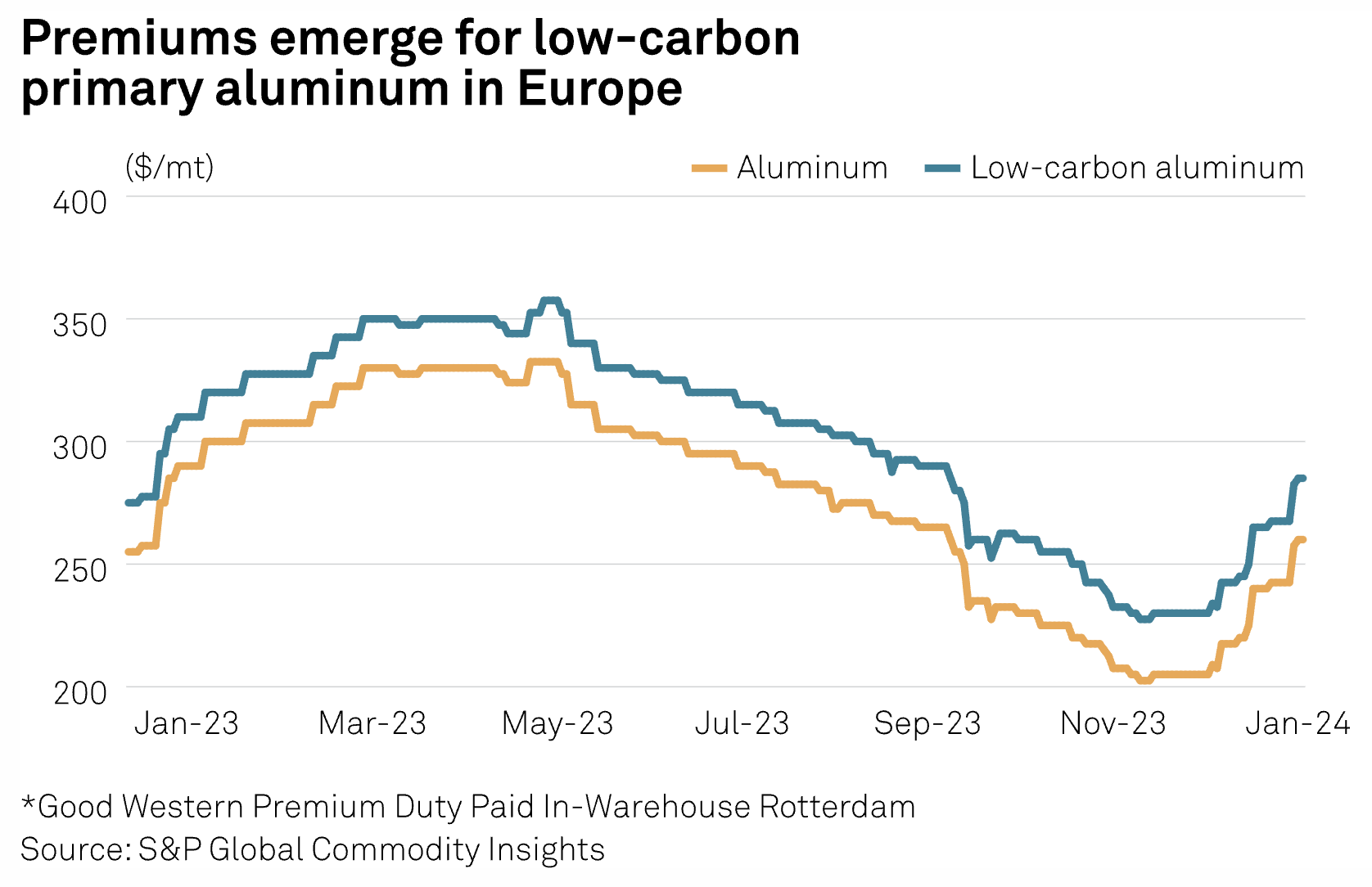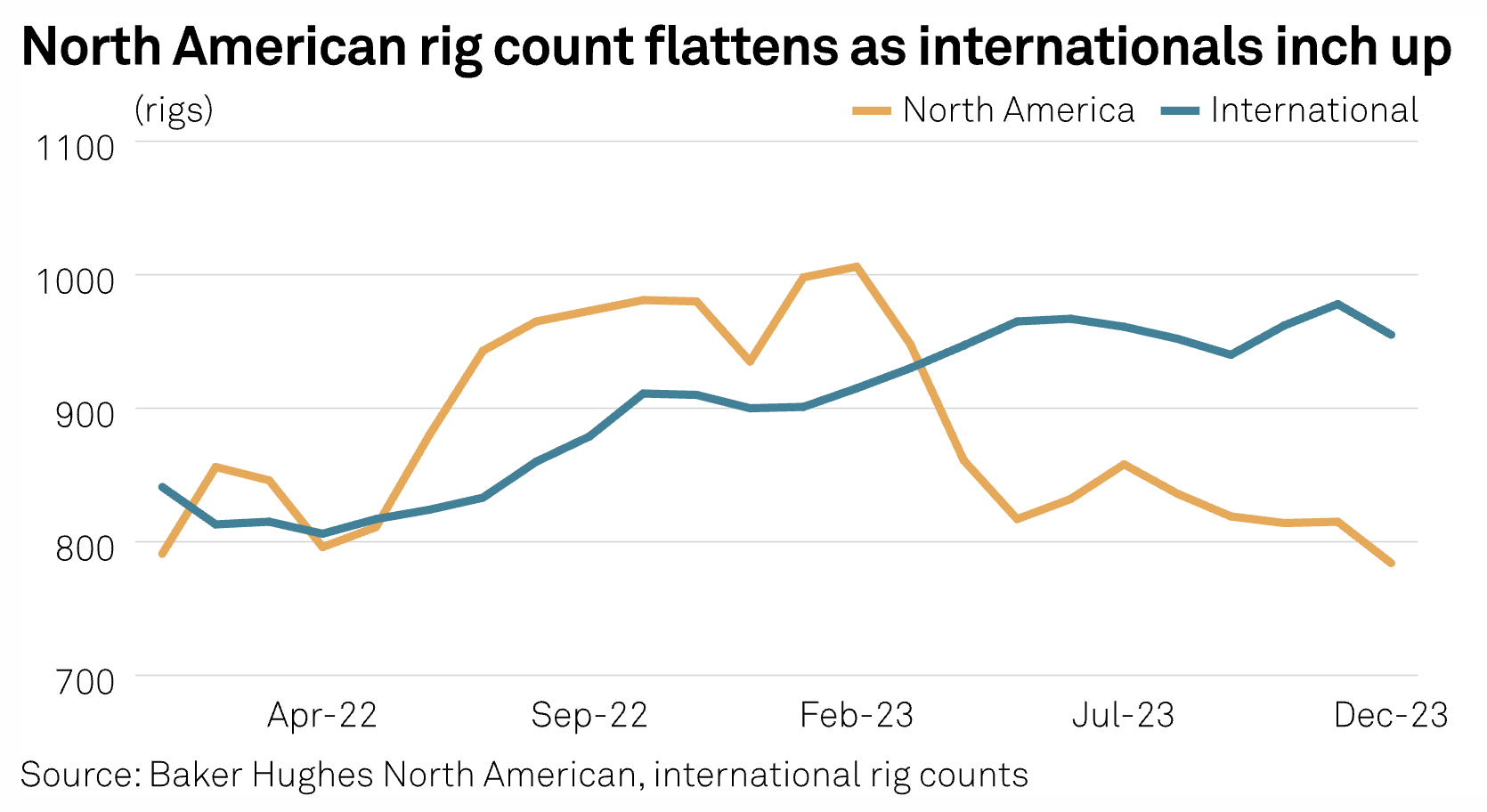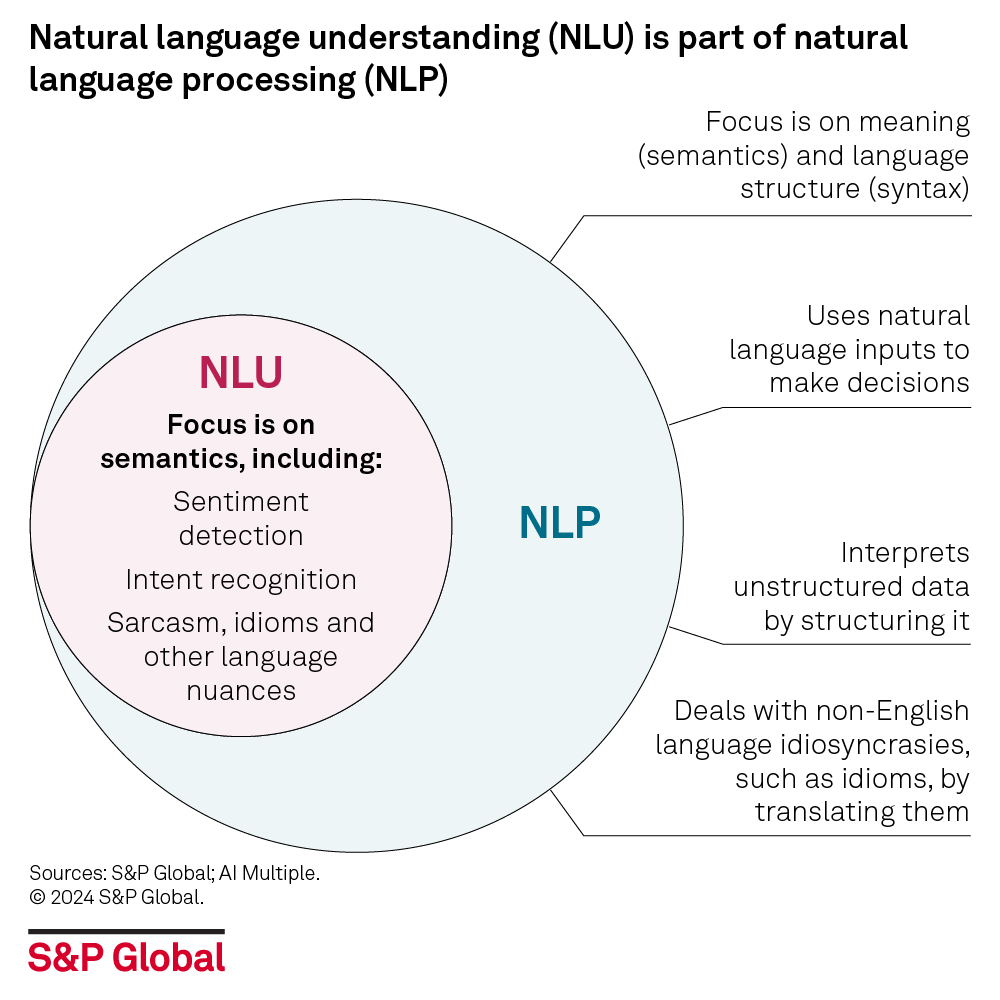S&P Global Offerings
Featured Topics
Featured Products
Events
S&P Global Offerings
Featured Topics
Featured Products
Events
S&P Global Offerings
Featured Topics
Featured Products
Events
S&P Global Offerings
Featured Topics
Featured Products
Events
Language
Featured Products
Ratings & Benchmarks
By Topic
Market Insights
About S&P Global
Corporate Responsibility
Diversity, Equity, & Inclusion
Featured Products
Ratings & Benchmarks
By Topic
Market Insights
About S&P Global
Corporate Responsibility
Diversity, Equity, & Inclusion
S&P Global — 25 Jan, 2024 — Global
By S&P Global
Start every business day with our analyses of the most pressing developments affecting markets today, alongside a curated selection of our latest and most important insights on the global economy.
Sustainable Aviation Fuel Ready for Takeoff
The growth of sustainable aviation fuel is set to triple from 2023 levels to reach 1.875 billion liters, or 1.5 million metric tons, in 2024, according to the International Air Transport Association. But this is only a fraction of the aviation industry's fuel needs, suggesting that governments still have more work to do. The 2024 level will account for 0.53% of aviation's fuel requirements and 6% of renewable fuel capacity.
Most of the sustainable aviation fuel currently in use is produced by the hydrotreated esters and fatty acids (HEFA) process, similar to the method used to make renewable diesel. Refiners favor this approach, given the ability to convert existing equipment to run and/or co-process renewable feedstocks. But as the need for sustainable aviation fuel grows, the HEFA method of production will not be sufficient to meet demand or expanded mandates for lower carbon intensity fuels.
S&P Global Commodity Insights estimates that in 2024, the global supply of sustainable aviation fuel will reach 2.13 million metric tons, of which 2.03 million metric tons will be HEFA-produced. Global demand for the fuel has consistently lagged supply, with demand estimated at 1.24 million metric tons in 2023; however, demand is forecast to rise to 2.16 million metric tons in 2024.
Japan and South Korea are making strides in sustainable aviation fuel production and use. The Japanese Ministry of Land, Infrastructure, Transport and Tourism aims to transition 10% of conventional jet fuel and up to 5.6 billion liters used at airports to sustainable aviation fuel by 2030. South Korea will set quality standards for sustainable aviation fuel and renewable marine fuel in 2024 ahead of the planned start of blend mandates in 2025 and 2026. Six demonstration flights were already completed using sustainable aviation fuel in cargo planes between Seoul's Incheon airport and Los Angeles.
At the UN's annual climate change conference in 2023, known as COP28, Lootah Biofuels and FatHopes Energy signed an agreement to advance production and distribution of sustainable aviation fuel in the Middle East, North Africa and Southeast Asia with a planned 200,000-square-meter liquid waste and residual feedstock storage facility. "We aim to contribute to emission reduction in the aviation industry by establishing a robust infrastructure for the production and distribution of [sustainable aviation fuel]," FatHopes Energy CEO Vinesh Sinha said.
Several clean energy nonprofit organizations also announced a digital Sustainable Aviation Fuel Certificate at COP28 to stimulate production by creating a market demand signal. While the growth of sustainable aviation fuel production is promising, it's clear that more work needs to be done to meet demand and make the fuel a viable alternative for long-haul flights.
Today is Thursday, January 25, 2024, and here is today's essential intelligence.
Written by Ken Fredman.
Eurozone Prices Rise At Increased Rate At Start Of 2024 As Downturn Moderates

Business activity in the euro area fell at the slowest rate for six months in January, according to provisional PMI survey data, albeit with downturns persisting in both manufacturing and service sectors amid further falls in new business. The overall contraction of new orders was nevertheless the smallest recorded since last June, helping stabilize employment levels and lift business optimism about the year ahead to an eight-month high.
—Read the article from S&P Global Market Intelligence
Access more insights on the global economy >
Private Equity Investments In Asia-Pacific At 5-Year Low

Private equity and venture capital investments in Asia-Pacific, excluding Japan, dropped 30% year over year in 2023 to $25.08 billion, representing the lowest annual total in at least five years. Deal count also tumbled to a five-year low, falling to 210 compared to 221 transactions in 2022, S&P Global Market Intelligence data shows. The decline in private equity investment activity in the region can be attributed to rising interest rates worldwide, as well as cooling private equity activity in China, said Ambarish Srivastava, associate director of private equity and consulting at research and analytics firm Acuity Knowledge Partners.
—Read the article from S&P Global Market Intelligence
Access more insights on capital markets >
Red Sea Shipping Stages Fragile Uptick As US Continues To Hit Houthi Sites

Tanker and commercial shipping traffic through the Red Sea show signs of a fragile recovery from recent lows, according to ship tracking data, after the US and its allies continued to hit Houthi military assets in an attempt to stop the militant group from hurting seaborne trade in the strategic waterway. Vessel transits through the Bab al-Mandab Straits, which connects the Red Sea to the Gulf of Aden, rose to 40 on Jan. 22, the highest since Jan. 11 when the US first launched defensive counterattacks on Houthis sites in Yemen, S&P Global's Maritime Intelligence Risk Suite data shows.
—Read the article from S&P Global Commodity Insights
Access more insights on global trade >
New Year, New Decarbonization Goals For Global Aluminum Industry

The dawn of a New Year drives many to make resolutions for change and improvement. And the aluminum industry appears no different in its resolve to advance decarbonization efforts in 2024. The International Aluminum Institute recently launched an initiative to provide a more transparent and public tracking of greenhouse gas emissions among its global members. IAI said it will issue annual public reports on the industry's overall emissions, and member companies will report their own progress on reducing CO2 at specific facilities annually.
—Read the article from S&P Global Commodity Insights
Access more insights on sustainability >
Halliburton's 2024 Outlook Optimistic Despite Near-Term Commodity Price Volatility: CEO

Macro fundamentals for oil and natural gas remain "strong" even amid near-term commodity price volatility, which should create a healthy outlook for the oilfield services sector in the near and medium term even if most of the projected 2024 growth is internationally weighted, the top executive at oilfield services provider Halliburton said Jan. 23. An increase in services intensity "everywhere we operate," even in currently stagnant North America where laterals or horizontal wells are getting longer, should create a large part of the year's growth momentum, company CEO Jeff Miller said in webcast remarks during a fourth-quarter earnings conference call.
—Read the article from S&P Global Commodity Insights
Access more insights on energy and commodities >
Language Modeling: The Fundamentals

Advancements in natural language processing (NLP) have enabled artificial intelligence, notably in the form of large language models (LLMs), to mimic and often surpass human linguistic ability, offering meaningful competitive advantages to organizations that use the technology. These gains come with some new risks. For example, LLMs are vulnerable to model and data bias, an inability to tell fact from fiction, and to malicious actors.
—Read the research from S&P Global
